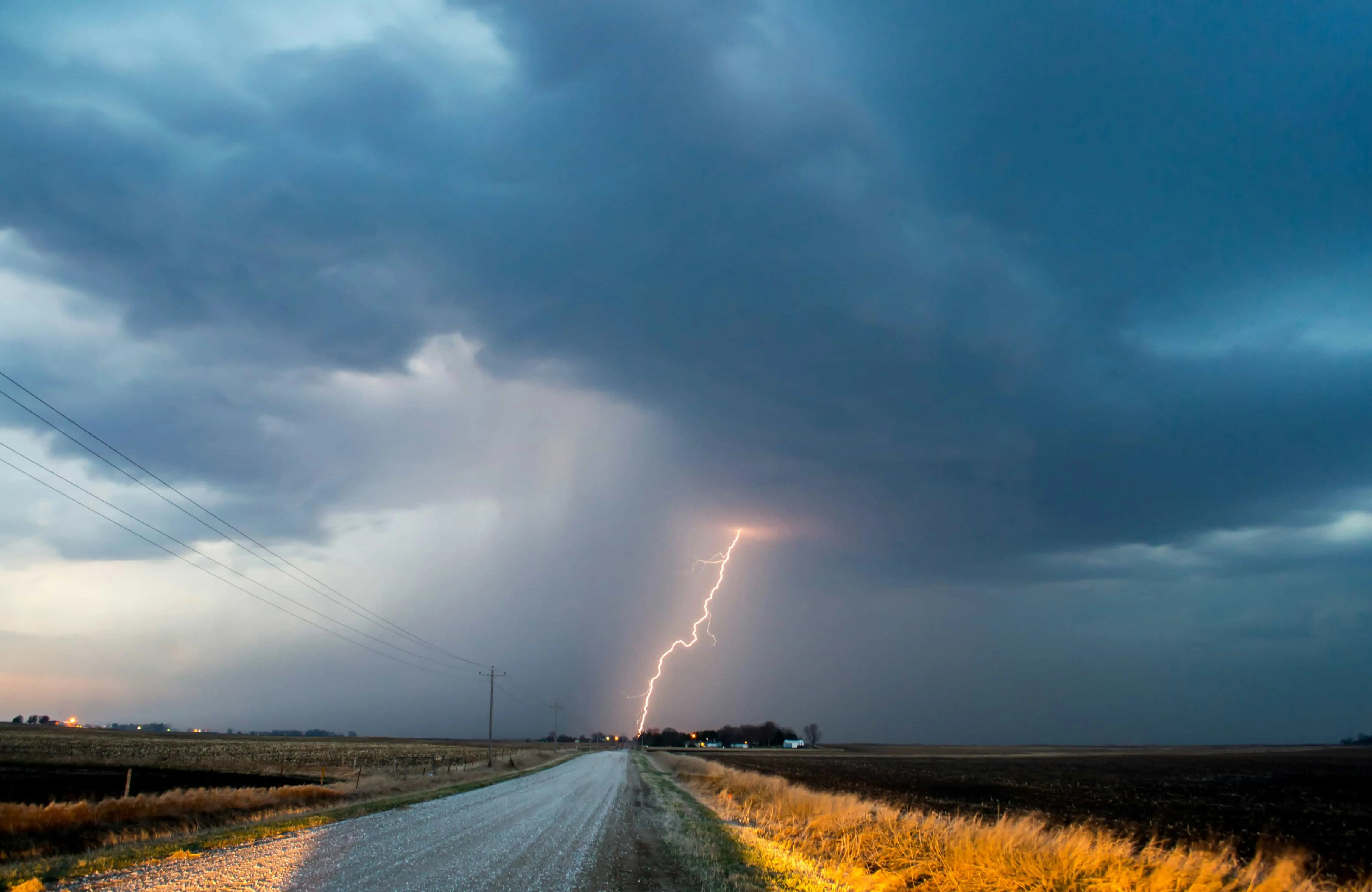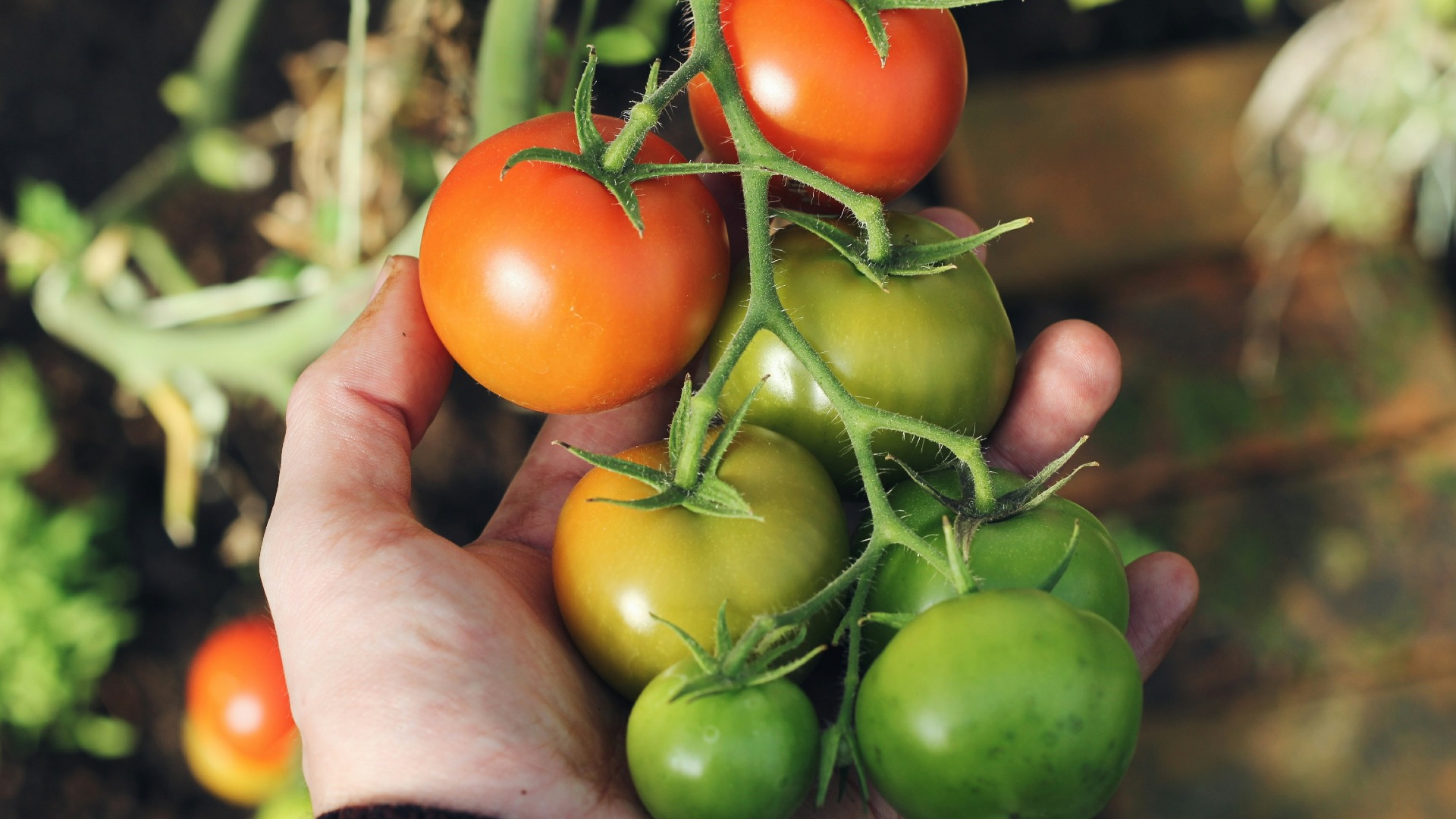Microplastics are an environmental issue that’s been on scientists' radars for years. These small plastic particles are found in oceans, rivers, and even remote mountains. But in an unexpected turn, researchers have discovered that microplastics aren’t just staying on land or in water - they’re floating high into the atmosphere, potentially impacting cloud formation, weather patterns, and even climate.
The Science Behind Ice and Microplastics
When water turns to ice in the atmosphere, it often needs a particle to help kickstart the freezing process. Dust, pollen, and sea salt are well-known "ice nucleators" - particles that attract water molecules, helping them condense and freeze into ice crystals. Once these crystals form, they can clump together and become the building blocks of clouds.
This study revealed that microplastics might be joining the ranks of these natural ice nucleators. Using common plastics like polyethylene, polypropylene, polystyrene, and polyethylene terephthalate (PET) as test subjects, researchers observed how these particles could encourage water to freeze at higher temperatures than it normally would. Specifically, they found that weathered, sun-exposed microplastics were especially effective at catalyzing ice formation. These weathered plastics experience chemical changes from sunlight exposure, which in turn makes them better at attracting water molecules - a process essential for ice nucleation.
How Microplastics Reach the Atmosphere
Microplastics enter the atmosphere through various pathways. Marine surfaces, for instance, can release microplastics when droplets carrying them are ejected into the air by waves. Strong winds can pick up microplastic particles from soil or roads, lifting them into the air. Once airborne, these particles can be transported over long distances, reaching even remote places like the Pyrenees mountains and Antarctica.
Once high up in the troposphere - the lowest layer of Earth’s atmosphere where most clouds form - microplastics can become involved in cloud processes, influencing how clouds form, reflect sunlight, and interact with the atmosphere.
How Sunlight Alters Plastic’s Ability to Form Ice
One of the study's most interesting findings was that sunlight exposure can significantly change the way microplastics behave in the atmosphere. Under natural conditions, microplastics are exposed to sunlight, which triggers a process called photooxidation. This causes chemical bonds on the surface of the plastics to break down, adding oxygen atoms and changing the material's surface chemistry. As these surfaces become more oxygenated, they also become more hydrophilic, meaning they can attract water more effectively.
To test this, researchers simulated sunlight exposure by placing plastic particles in a chamber with conditions mimicking natural sunlight. After 10 days, the surfaces of these particles showed notable changes: they became rougher, and new chemical bonds with oxygen were detected. These changes allowed the plastic surfaces to more readily attract and hold water, forming layers of water molecules that could freeze more easily under cold atmospheric temperatures.
Experiments in Ice Nucleation and Freezing
The researchers conducted several experiments to understand how microplastics interact with water under atmospheric conditions. First, they used a controlled setup to simulate how these particles would behave at high altitudes. Dry microplastics were placed on a hydrophobic (water-repelling) surface and then cooled while researchers observed the formation of ice crystals on the plastic particles.
Their findings were striking: microplastics that had been weathered by sunlight could nucleate ice at temperatures around -25°C, while unweathered microplastics needed to be much colder before they could form ice. In comparison, water droplets without any particles would only freeze at -38°C. This means that weathered microplastics could help form ice at temperatures where it wouldn’t usually happen.
Furthermore, the study demonstrated that certain types of plastic had a stronger effect on ice formation. For instance, polypropylene and polystyrene, which are more prone to photooxidation, showed more significant changes in ice nucleation ability than polyethylene or PET after just one day of weathering. This suggests that each type of plastic could behave differently in the atmosphere, depending on its chemistry and exposure to sunlight.
Climate Implications of Ice-Forming Microplastics
The presence of microplastics as ice nucleators in the atmosphere has potential implications for climate. Clouds play a vital role in Earth's climate by reflecting sunlight back into space and trapping heat. The formation of ice in clouds can influence how much sunlight they reflect, affecting cloud brightness and longevity. If microplastics increase the likelihood of ice forming, this could impact cloud properties and, by extension, weather and climate.
Moreover, once microplastics freeze and become part of a cloud, they may be carried higher into the atmosphere or even across continents before settling back to Earth. This transportation of microplastics by clouds could mean they stay in the atmosphere longer and reach more distant regions.
The Bigger Picture: What Does This Mean for Plastic Pollution?
Microplastics in the atmosphere add another layer of complexity to the global plastic pollution crisis. Traditionally, we think of microplastics as pollutants in our oceans and soils, but their role in the atmosphere could mean they have a broader environmental impact than previously thought. As plastic waste continues to increase, so will the presence of microplastics in the air, with unknown consequences for our atmosphere and climate.
This study highlights the importance of understanding microplastics beyond their physical presence as pollutants. By interacting with atmospheric processes, they may be influencing the climate and weather patterns on a global scale. The findings open up new questions about the role of human-made pollutants in natural processes and underscore the need for further research and action on reducing plastic waste.


